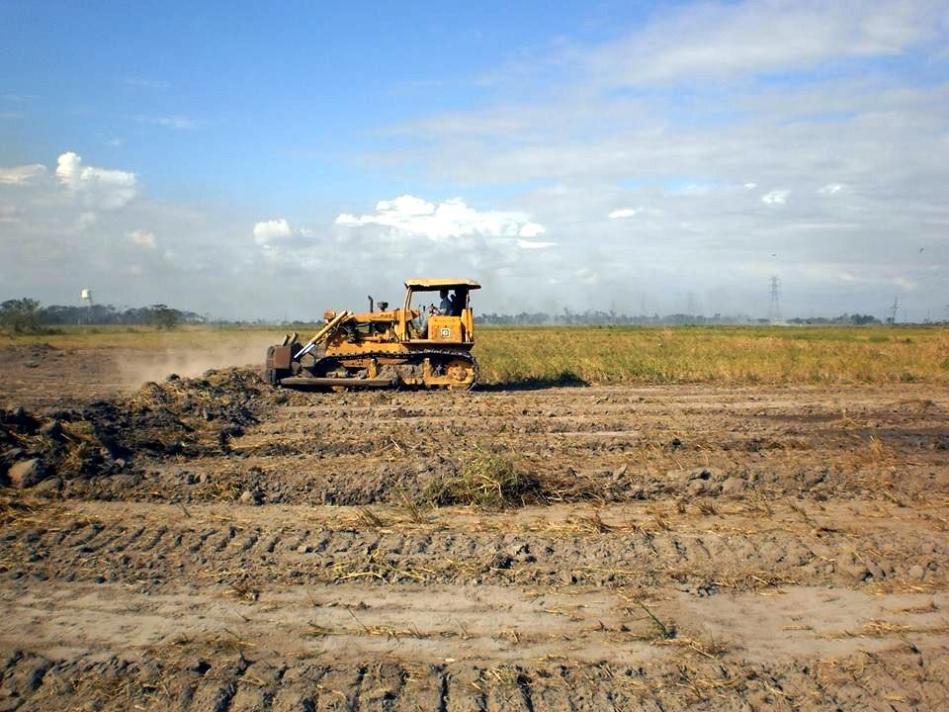How Can Satellite Data Be Used to Improve Agricultural Land Use Practices?
With the ever-increasing global demand for food, sustainable agricultural practices are becoming increasingly crucial. Satellite data, with its ability to provide valuable information about crops, soil, and land use, is playing a significant role in transforming agricultural practices and improving land use efficiency.

Types Of Satellite Data Used In Agriculture
- Optical Imagery:
- Multispectral and hyperspectral images provide detailed information about crop health, vegetation cover, and land cover classification.
- Satellite missions like Landsat, Sentinel-2, and MODIS provide high-resolution optical imagery for agricultural applications.
- Radar Imagery:
- Radar data is particularly useful in cloud cover conditions and for soil moisture monitoring.
- Satellite missions like Sentinel-1 and RADARSAT provide radar imagery for agricultural purposes.
Applications Of Satellite Data In Agricultural Land Use Practices
- Crop Monitoring and Yield Estimation:
- Satellite data helps in assessing crop health, detecting stress conditions, and predicting yields.
- Vegetation indices like NDVI and EVI are derived from satellite data to monitor crop growth and vigor.
- Land Use Classification and Mapping:
- Satellite data is used for land use mapping, identifying crop types, and monitoring changes in land use patterns.
- Land use maps derived from satellite data are essential for agricultural planning and policymaking.
- Soil Moisture Monitoring:
- Soil moisture information is crucial for irrigation management and drought monitoring.
- Satellite data provides accurate estimates of soil moisture content, aiding in efficient water management.
- Pest and Disease Detection:
- Satellite data can detect pest infestations and disease outbreaks in crops.
- This information enables precision agriculture and targeted pest management, reducing the use of pesticides and chemicals.
Benefits Of Using Satellite Data In Agriculture
- Improved Decision-Making:
- Satellite data empowers farmers and policymakers with valuable information for informed decision-making.
- It helps in optimizing resource allocation, reducing inputs, and increasing crop yields.
- Increased Productivity:
- Satellite data enables precision agriculture, allowing farmers to apply inputs more efficiently.
- This leads to increased crop yields and reduced production costs.
- Enhanced Sustainability:
- Satellite data promotes sustainable agricultural practices, such as precision farming and conservation agriculture.
- It helps in reducing environmental impacts and preserving natural resources.
Challenges And Limitations
- Data Availability and Accessibility:
- Data availability can be limited in certain regions, and data sharing mechanisms need improvement.
- Cost and affordability can also be barriers to accessing satellite data for smallholder farmers.
- Data Processing and Interpretation:
- Specialized software and expertise are required to process and interpret satellite data effectively.
- Capacity building and training are necessary to ensure that farmers and policymakers can utilize satellite data.
Satellite data has revolutionized agricultural practices by providing valuable information for crop monitoring, land use classification, soil moisture monitoring, and pest and disease detection. It empowers farmers and policymakers with the knowledge to make informed decisions, optimize resource allocation, and increase productivity. As technology continues to advance, the potential of satellite data in addressing global food security challenges and promoting sustainable agriculture is immense.
YesNo

Leave a Reply